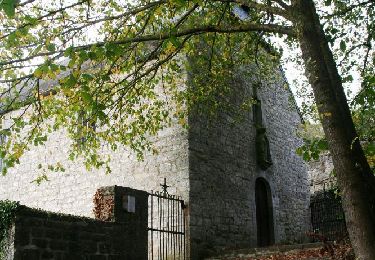

represents an architectural ensemble typical of the Famenne during the 17th century.
The former fortified castle, dating from the beginning of the 10th century, became a provostship and a military stronghold for the provost-marshal of Liège. It was at the centre of a fortified town surrounded by ramparts, dating from 1241 and had three gates: the gate of Lomprez (still visible), the “Porte du Levant” gate and the “Porte du Couchant” gate.
In the 1450’s, Philip the Good, Duke of Burgundy, appoints of his nephews prince-bishop, but the people of Liège do not accept the appointment and conflicts arise. Militia from Dinant revolt and pillage properties belonging to the Duke and his supporters. The inhabitants of Revogne follow the movement of revolt and even take part in the attack and plunder of the castle of Lavaux-Sainte Anne (that had just been built), another bastion fed by the Wimbe.
It took little time for the Duke to retaliate. The first siege of the town of Revogne took place in 1465. In August of 1466, all chaos broke out. Both Dinant and the town of Revogne will experience the wrath of Philip the Good and his son, Charles the Bold. The town and the castle were destroyed, the ramparts dismantled. Around 100 metres of ramparts still remain, encircling the current castle-farm.

Walking


Randonnées de la Maison du Tourisme Famenne - Ardenne Ourthe & Lesse PRO